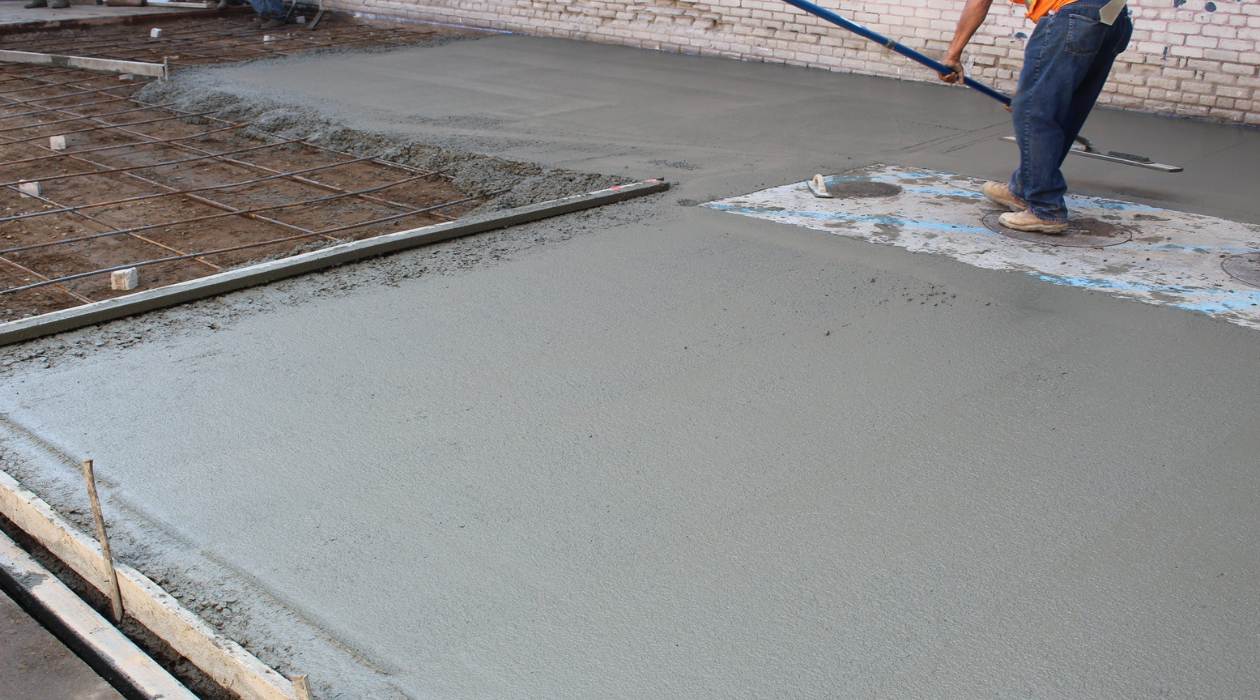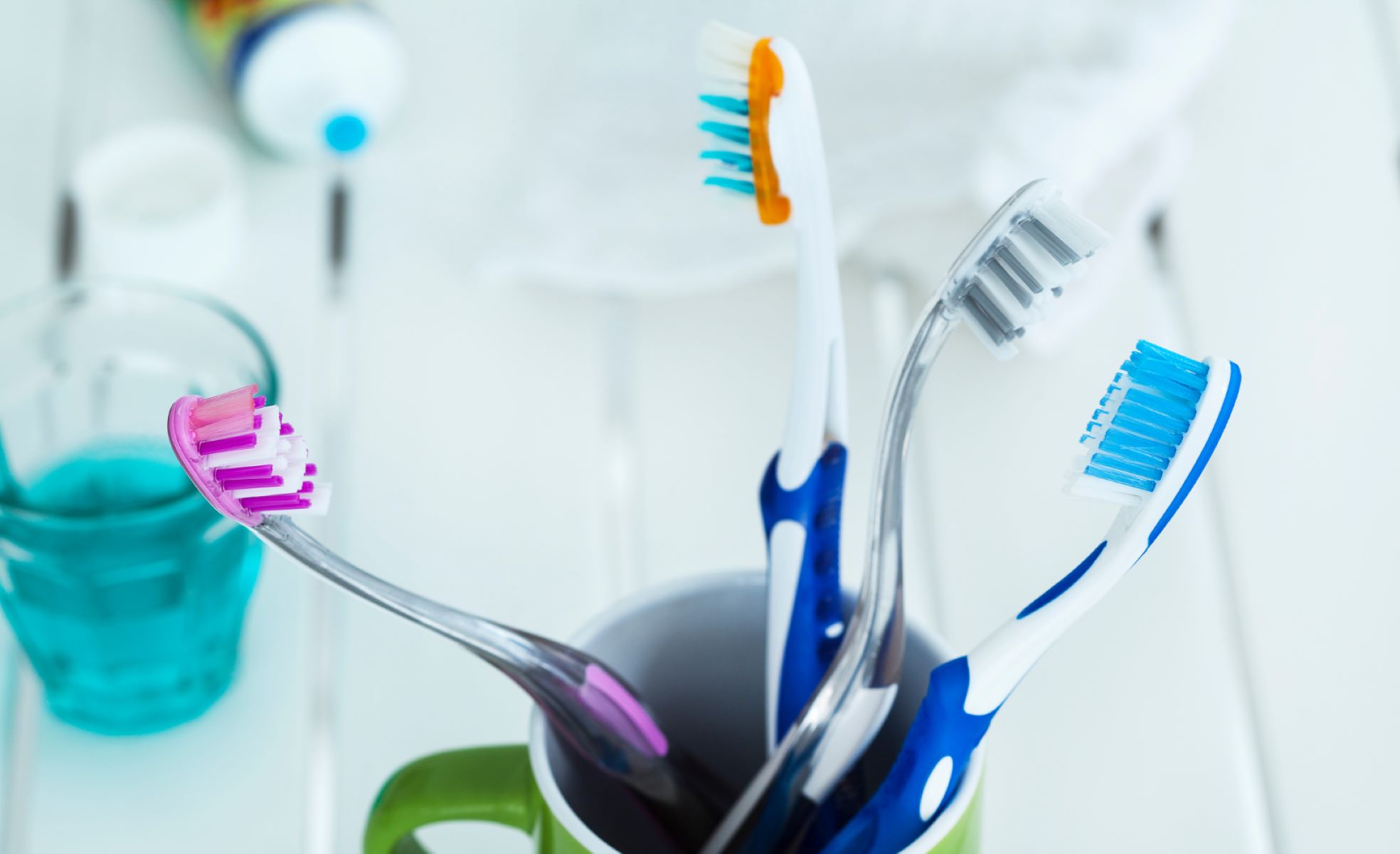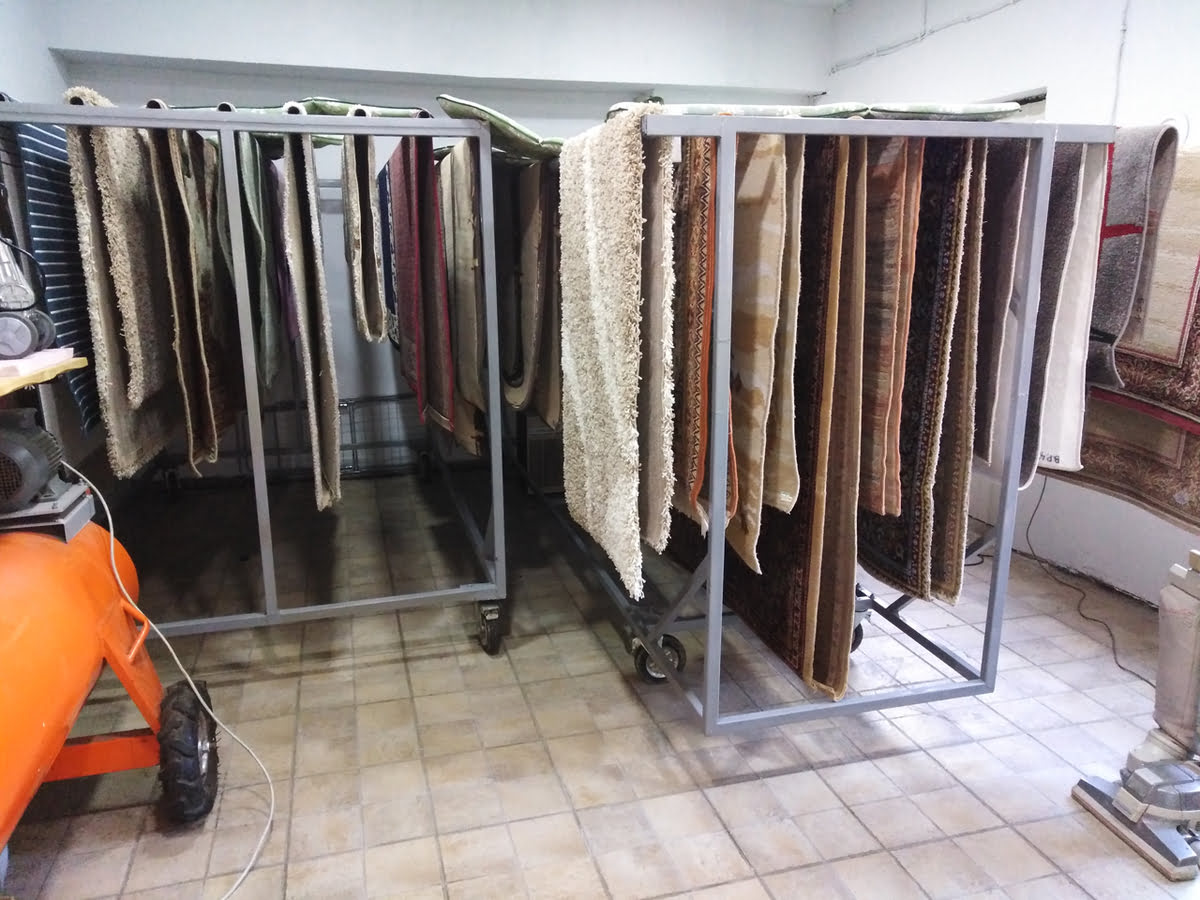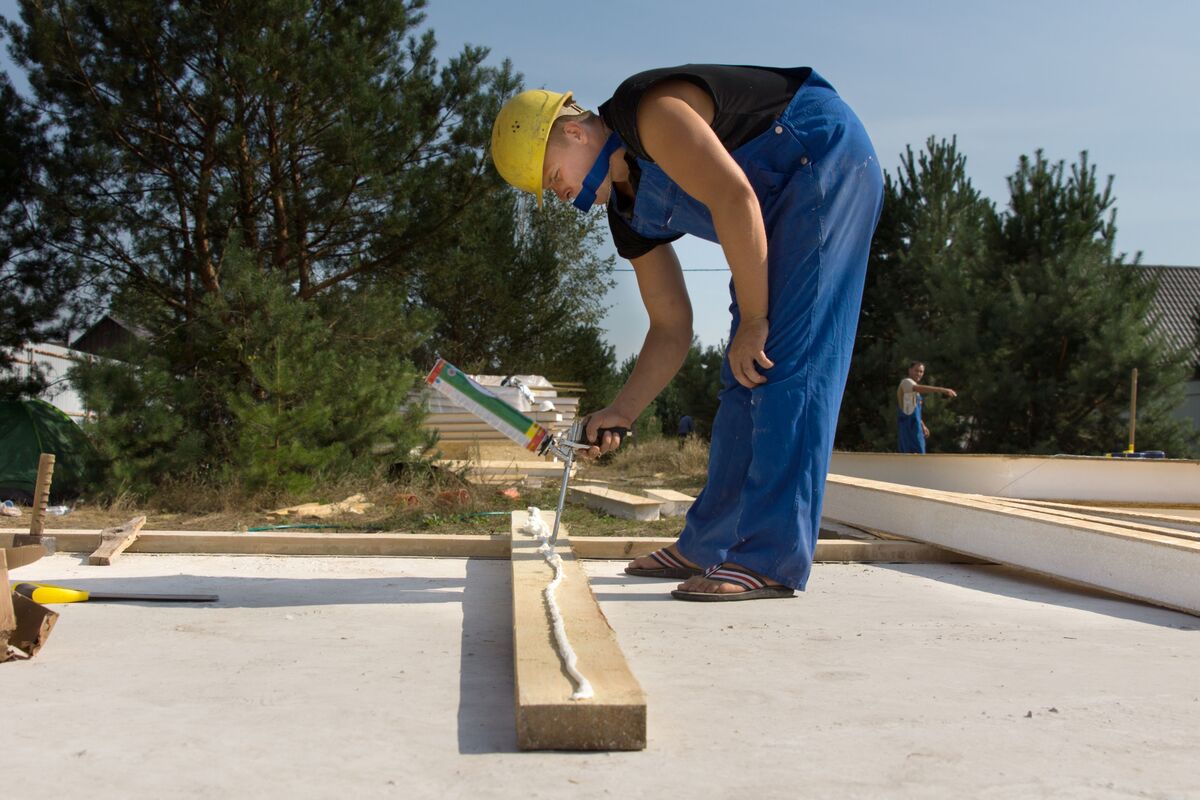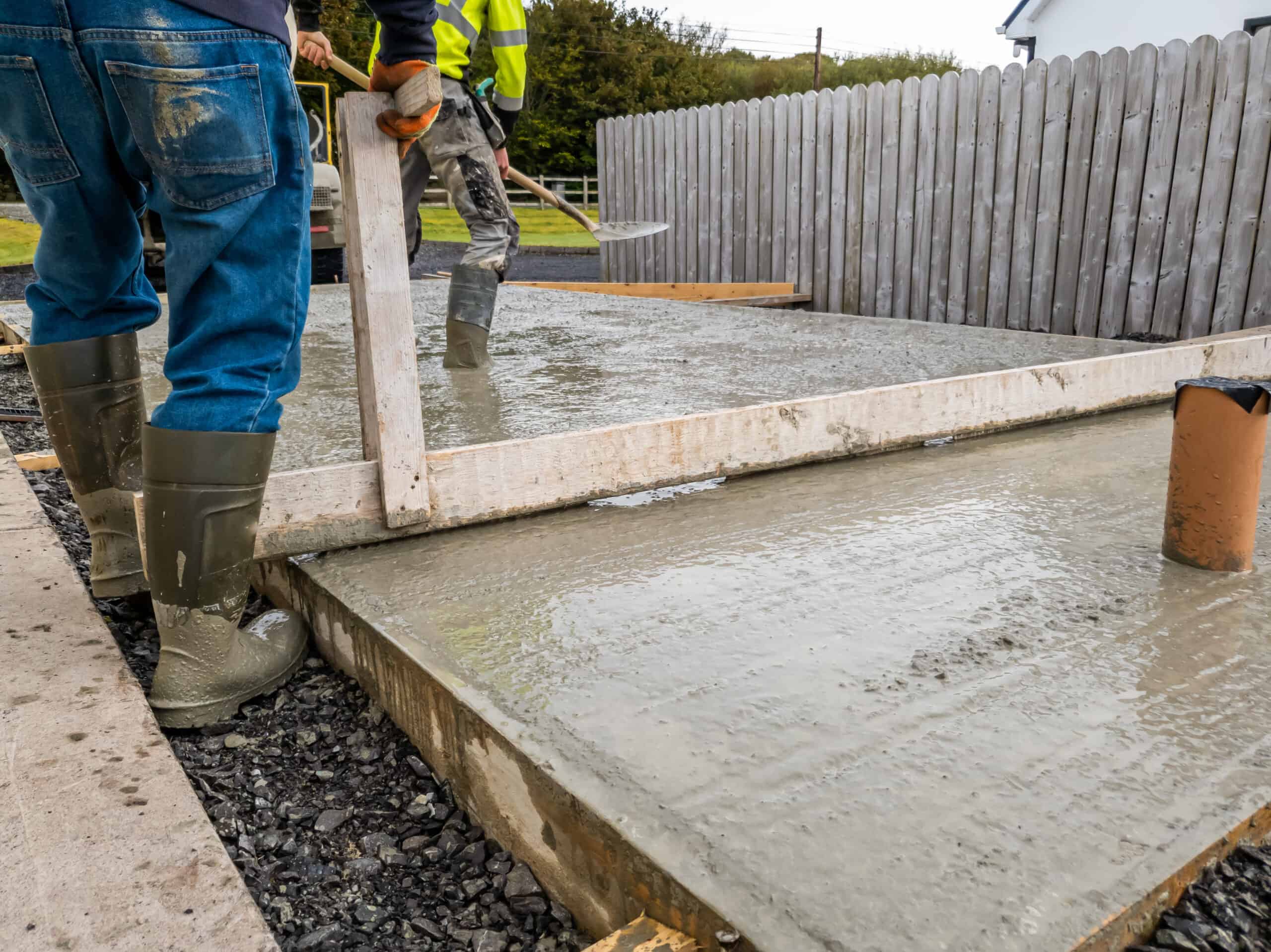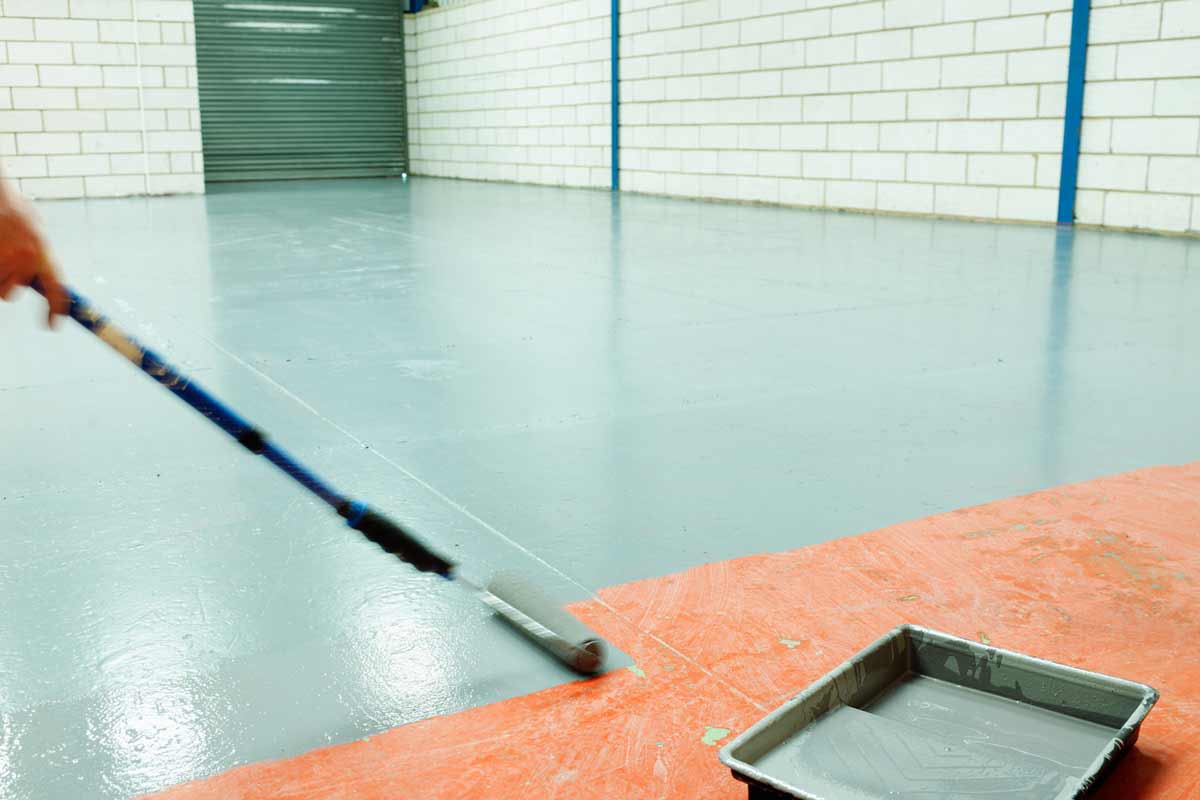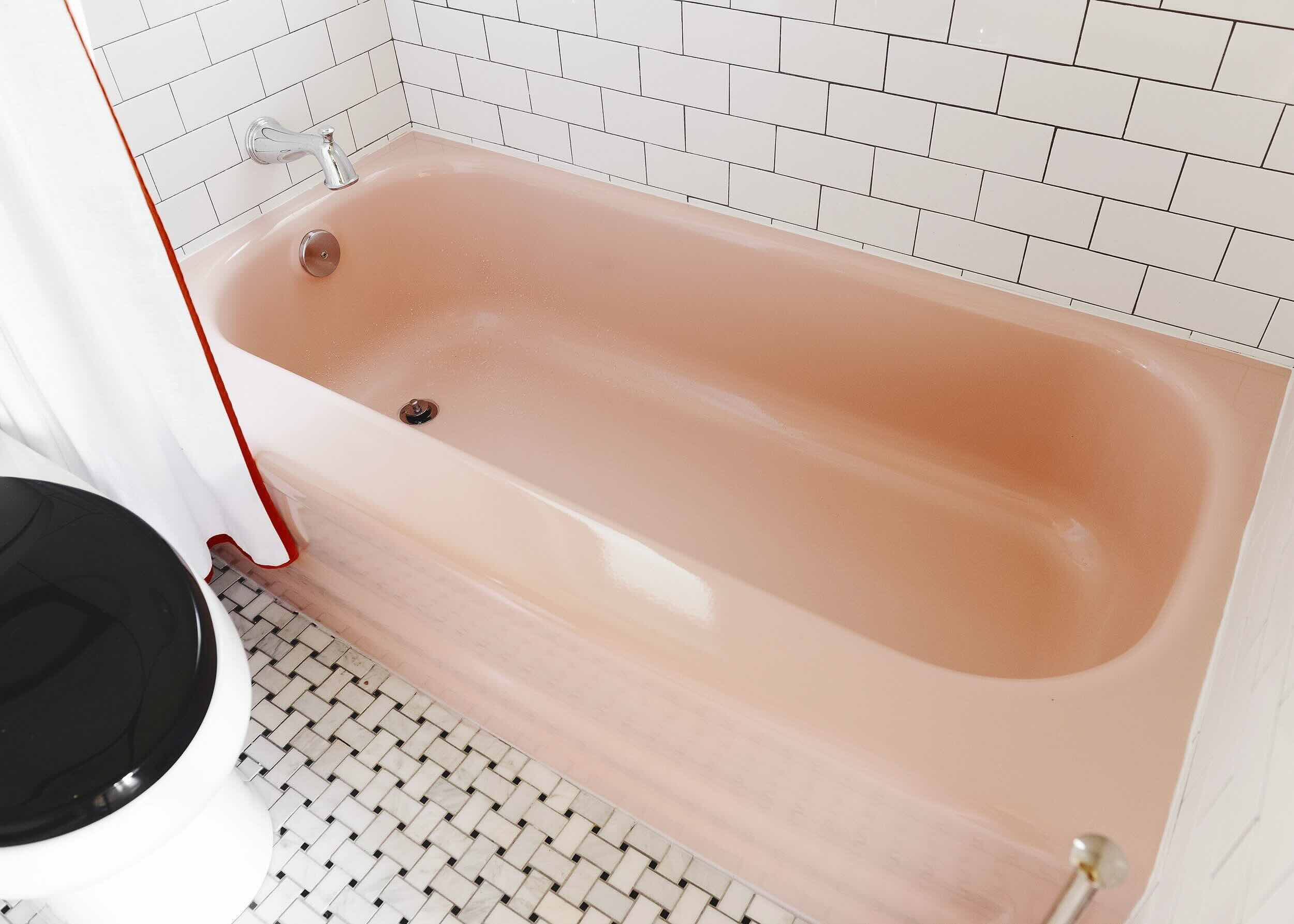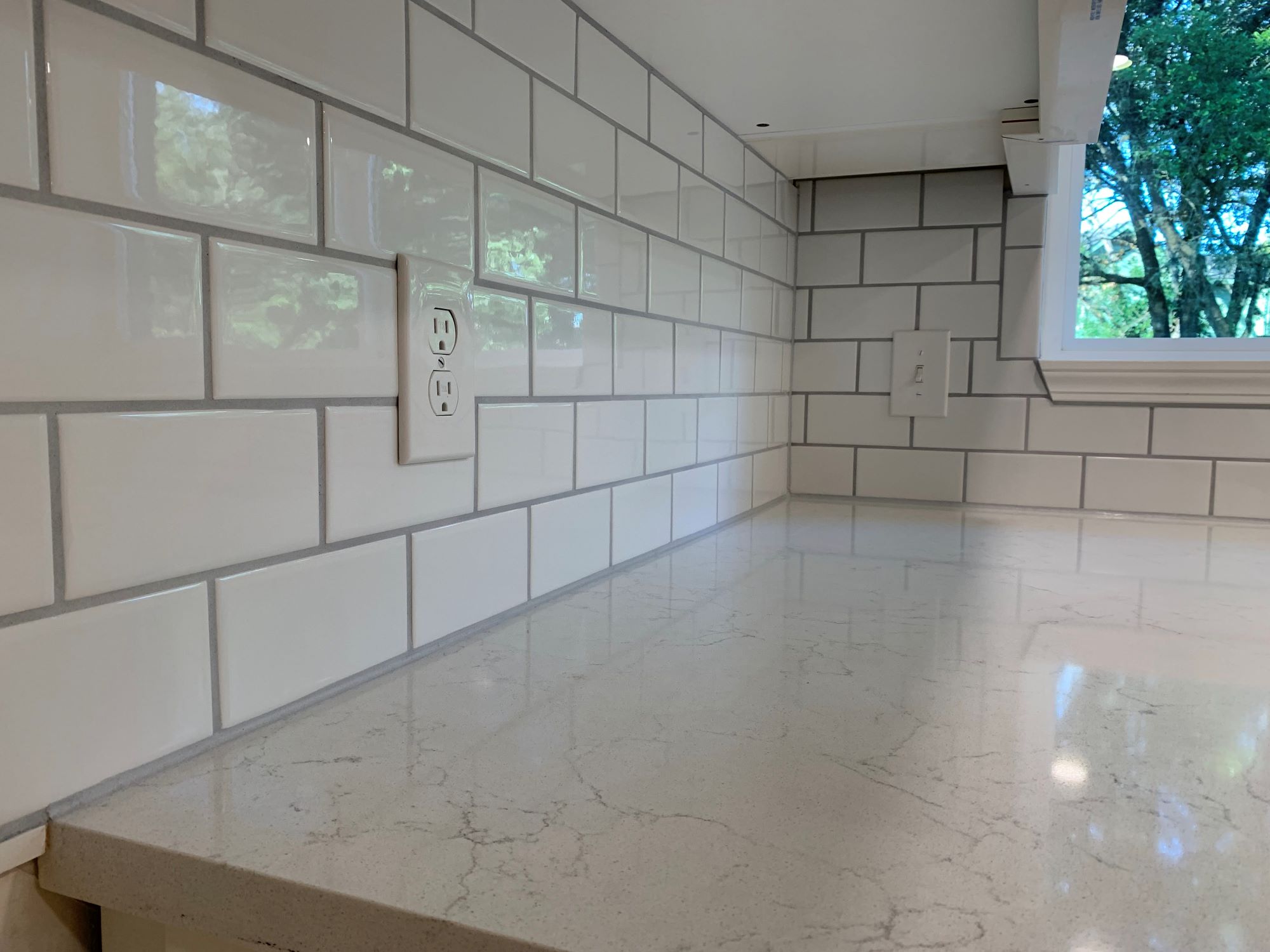Home>Articles>How Long Does It Take To Dry After Cleaning A Carpet
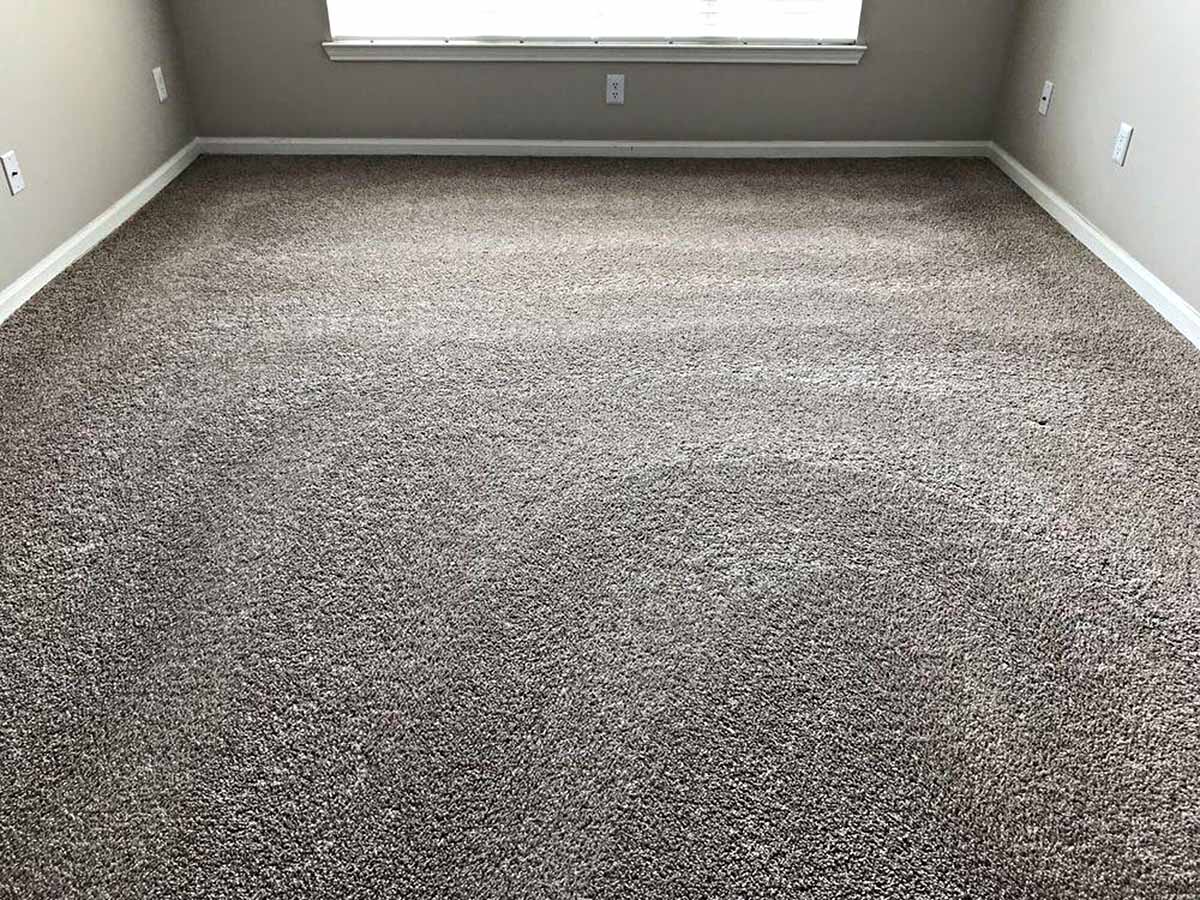

Articles
How Long Does It Take To Dry After Cleaning A Carpet
Modified: January 24, 2024
Discover the average drying time for carpets after a thorough cleaning. Read our informative articles to find out how long it takes to achieve a perfectly dry carpet.
(Many of the links in this article redirect to a specific reviewed product. Your purchase of these products through affiliate links helps to generate commission for Storables.com, at no extra cost. Learn more)
Introduction
Cleaning a carpet is an essential task to keep it looking fresh and extending its lifespan. However, once the cleaning process is complete, you may be wondering how long it takes for the carpet to fully dry. The drying time can vary depending on various factors, such as the cleaning method used, carpet thickness and material, humidity levels, and air circulation. In this article, we will explore the different factors affecting carpet drying time and provide tips on how to speed up the process.
Key Takeaways:
- Factors such as cleaning method, carpet thickness, humidity, and air circulation affect carpet drying time. Understanding these factors helps in planning and expediting the drying process for a clean and fresh carpet.
- Different cleaning methods have varying drying times, with steam cleaning taking the longest and dry cleaning methods offering quicker results. Increasing air circulation and removing excess moisture can speed up the drying process and prevent potential issues such as mold growth.
Factors Affecting Drying Time
The time it takes for a carpet to dry after cleaning can depend on several factors. These factors include:
Type of Cleaning Method Used
There are different methods of cleaning carpets, including steam cleaning, dry cleaning, and shampooing. Each method uses different techniques and equipment, which can impact the drying time. Steam cleaning involves using hot water and detergent to extract dirt and debris from the carpet fibers. This method typically requires more drying time compared to dry cleaning or shampooing.
Carpet Thickness and Material
The thickness and material of the carpet can also affect the drying time. Thicker carpets tend to hold more moisture and may take longer to dry. Additionally, certain carpet materials, such as wool or natural fibers, may retain moisture for a longer period.
Humidity Levels
Humidity plays a significant role in the drying process. High humidity levels slow down evaporation, resulting in a longer drying time. On the other hand, low humidity allows moisture to evaporate faster, speeding up the drying process. If you live in a humid climate, it may take longer for your carpet to dry.
Air Circulation
Proper air circulation is crucial for quick drying. Without adequate airflow, moisture tends to linger in the carpet fibers, prolonging the drying time. Factors that can affect air circulation include closed windows and doors, lack of ventilation, and limited use of fans or dehumidifiers.
Dry Time Estimates for Different Cleaning Methods
The average drying times for various carpet cleaning methods are as follows:
Steam Cleaning
Steam cleaning is a popular method that involves injecting hot water and detergent into the carpet, followed by extraction with a powerful vacuum. The drying time for steam cleaning can range from 6 to 12 hours, depending on the factors mentioned earlier.
Dry Cleaning
Dry cleaning methods, such as encapsulation or bonnet cleaning, use minimal moisture and require less drying time compared to steam cleaning. The carpet typically dries within 2 to 4 hours after dry cleaning.
Read more: How Long Does It Take To Clean A Carpet
Shampooing
Shampooing involves applying a cleaning solution to the carpet, agitating it, and then vacuuming up the dirt and excess moisture. The drying time for shampooing can vary, but it generally takes around 4 to 6 hours.
It’s important to note that these are general estimates, and the actual drying time may vary based on the specific conditions and factors unique to your situation.
Tips to Speed Up Carpet Drying
If you’re eager to expedite the carpet drying process, here are some useful tips:
Increase Air Circulation
Key Takeaways:
- Factors such as cleaning method, carpet thickness, humidity, and air circulation affect carpet drying time. Understanding these factors helps in planning and expediting the drying process for a clean and fresh carpet.
- Different cleaning methods have varying drying times, with steam cleaning taking the longest and dry cleaning methods offering quicker results. Increasing air circulation and removing excess moisture can speed up the drying process and prevent potential issues such as mold growth.
Factors Affecting Drying Time
The time it takes for a carpet to dry after cleaning can vary depending on several factors. These factors can have a significant impact on the drying process and should be taken into consideration when planning for the cleaning and subsequent drying of your carpet.
Type of Cleaning Method Used
The cleaning method utilized can greatly affect the drying time of your carpet. Different cleaning methods require varying amounts of water and result in different levels of moisture saturation within the carpet fibers.
For example, steam cleaning, also known as hot water extraction, is a popular method that uses hot water and detergent to effectively clean the carpet. While it provides a thorough cleaning, it requires more water and can result in a longer drying time compared to other methods.
On the other hand, dry cleaning methods, such as encapsulation or bonnet cleaning, use minimal moisture, which reduces the drying time. These methods are often preferred in commercial settings where minimal disruption and fast drying times are desired.
Carpet Thickness and Material
The thickness and composition of your carpet also play a significant role in the drying time. Thicker carpets tend to hold more moisture, and as a result, it takes longer for the water to evaporate. It is essential to consider the pile density and carpet material when estimating the drying time.
Certain materials, such as wool or natural fibers, have inherent characteristics that retain moisture longer. Synthetic carpets, on the other hand, tend to dry more quickly due to their composition. Understanding the composition of your carpet will help you determine a more accurate estimate of the drying time.
Humidity Levels
Humidity levels can greatly influence the drying time of a freshly cleaned carpet. High humidity slows down the evaporation process, as the air is already saturated with moisture. This can extend the drying time significantly.
Conversely, low humidity levels promote faster evaporation, resulting in a shorter drying time. If you live in a humid climate or during seasons with high humidity, it is important to consider the additional time needed for your carpet to dry adequately.
Air Circulation
Proper air circulation is crucial in expediting the drying process. Without sufficient airflow, the moisture trapped within the carpet fibers will take longer to evaporate.
To enhance air circulation, open windows and doors to allow fresh air in and promote drying. You can also consider using fans or dehumidifiers strategically placed around the room to improve airflow and encourage moisture removal.
By considering the type of cleaning method, carpet thickness and material, humidity levels, and air circulation, you can better estimate the drying time for your carpet after cleaning. Understanding these factors will allow you to plan accordingly and ensure that your carpet is fully dry before use.
Dry Time Estimates for Different Cleaning Methods
The drying time of your carpet can vary depending on the cleaning method employed. Each method has its own unique characteristics and considerations that affect the drying process. Here are some estimates for the drying time of different cleaning methods:
Steam Cleaning
Steam cleaning, also known as hot water extraction, is a widely used and highly effective method for deep cleaning carpets. It involves the injection of hot water and cleaning solution into the carpet fibers, followed by the extraction of dirt and moisture using a powerful vacuum.
Due to the use of water in this method, the drying time for steam cleaning tends to be longer compared to other cleaning techniques. On average, it can take anywhere from 6 to 12 hours for a carpet to dry completely after steam cleaning. However, variables such as carpet thickness, humidity levels, and air circulation can influence this estimate.
Dry Cleaning
Dry cleaning methods, such as encapsulation or bonnet cleaning, use minimal moisture and are designed to minimize the drying time. These methods involve the use of specialized cleaning solvents or encapsulating agents that are applied to the carpet, agitated, and then vacuumed to remove dirt and residues.
One of the advantages of dry cleaning methods is the reduced drying time they offer. Typically, carpets cleaned using dry methods can dry within 2 to 4 hours after the cleaning process. However, as with any cleaning method, factors like carpet thickness, humidity, and air circulation can affect the drying time.
Read more: How Long Does It Take To Clean A Carpet
Shampooing
Shampooing is a traditional method of carpet cleaning that involves the application of a specialized shampoo solution to the carpet. The solution is then agitated using a rotary brush or a carpet cleaning machine to dislodge dirt and stains. The excess moisture and shampoo are then extracted from the carpet using a vacuum cleaner.
The drying time for shampooed carpets can vary, but it generally takes around 4 to 6 hours for the carpet to dry completely. Similar to other methods, carpet thickness, humidity levels, and air circulation can influence the drying time for shampooed carpets.
It’s important to note that these estimates are general guidelines, and the actual drying time may vary based on individual factors. To ensure the best results, it’s recommended to follow the manufacturer’s instructions and consider the specific conditions of your environment when estimating the drying time for your carpet after cleaning.
Tips to Speed Up Carpet Drying
If you’re looking to expedite the drying process of your carpet after cleaning, there are several effective tips and techniques you can employ. By following these suggestions, you can help increase air circulation and remove excess moisture, resulting in a faster drying time for your carpet. Here are some tips to speed up carpet drying:
Increase Air Circulation
One of the most effective ways to accelerate carpet drying is to increase air circulation in the room. This can be done by turning on ceiling fans or using portable fans strategically placed around the carpeted area. The movement of air helps facilitate evaporation and removes moisture from the carpet fibers.
Use Fans or Dehumidifiers
In addition to natural ventilation, utilizing fans or dehumidifiers can further enhance air circulation and promote faster drying. Fans can be pointed directly at the carpet, while dehumidifiers help reduce the humidity levels in the room, aiding in moisture evaporation.
Open Windows or Doors
Opening windows or doors can introduce fresh air flow into the room, helping to dry the carpet more quickly. If weather conditions permit, opening windows or doors can facilitate the exchange of moist air for drier air, expediting the drying process.
Remove Excessive Moisture
If there is excess moisture in the carpet, it can significantly prolong the drying time. To remove excess moisture, you can gently press dry towels or absorbent materials onto the carpet surface. This helps to absorb the moisture from the carpet fibers, increasing the rate of evaporation.
Use Dry Towels or Absorbent Materials
Placing dry towels or absorbent materials in areas with excessive moisture, such as near entryways or high-traffic areas, can help absorb moisture and speed up the drying process. Periodically changing these materials as they become saturated will ensure their effectiveness in absorbing moisture.
By implementing these tips to speed up carpet drying, you can significantly reduce the drying time after cleaning. Remember to consider factors such as carpet thickness, humidity levels, and air circulation when applying these techniques. It’s important to create a suitable environment that promotes quick and efficient moisture removal from the carpet fibers.
Potential Drying Time Issues
While proper carpet cleaning and drying techniques can help ensure a timely and efficient drying process, there are some potential issues that may arise, causing delays in carpet drying. It’s important to be aware of these issues and take appropriate measures to address them. Here are some potential drying time issues to be mindful of:
Carpet Padding Saturation
One common issue that can prolong the drying time of a carpet is the saturation of the carpet padding. Carpet padding is the layer of cushioning material that lies between the carpet and the floor. If excessive moisture seeps into the padding, it can become saturated and take longer to dry.
To prevent carpet padding saturation, it’s crucial to use proper cleaning techniques and avoid over-wetting the carpet during the cleaning process. Additionally, using equipment with strong suction power, such as a powerful vacuum cleaner, can help remove excess moisture from the carpet and prevent it from seeping into the padding.
Read more: How Long Does It Take For Brick To Dry
Mold or Mildew Growth
If the carpet is not dried thoroughly and quickly, it can become a breeding ground for mold and mildew. These fungi thrive in moist and dark environments, and their growth can lead to unpleasant odors and potential health issues.
To prevent mold or mildew growth, it’s essential to ensure proper ventilation and airflow in the room during the drying process. Open windows, use fans, and consider using dehumidifiers to reduce humidity levels. If you notice any signs of mold or mildew, it’s important to address the issue promptly by contacting a professional carpet cleaner or mold remediation specialist.
Extended Drying Time in High Humidity
High humidity levels can significantly affect the drying time of a carpet. In humid environments, the air is already saturated with moisture, making it difficult for the carpet to release excess moisture and dry properly. This can result in extended drying times.
To combat extended drying time in high humidity, it’s important to implement effective moisture removal techniques. This includes using air conditioning or dehumidifiers to lower the humidity levels in the room. Increasing air circulation through the use of fans or opening windows can also help facilitate the evaporation of moisture from the carpet.
By being aware of these potential drying time issues and taking the necessary precautions, you can help ensure a timely and efficient drying process for your carpet after cleaning. Remember to consider factors such as carpet padding saturation, mold or mildew growth, and high humidity levels when planning for carpet drying.
Conclusion
The drying time of a carpet after cleaning is influenced by various factors, including the cleaning method used, carpet thickness and material, humidity levels, and air circulation. Understanding these factors and their impact on the drying process is crucial for effective carpet care.
Different cleaning methods, such as steam cleaning, dry cleaning, and shampooing, have varying drying times. Steam cleaning typically requires a longer drying time due to the use of hot water and higher moisture levels. Dry cleaning methods, on the other hand, use minimal moisture and result in shorter drying times. Shampooing falls somewhere in between, with a moderate drying time range.
To speed up the carpet drying process, it is recommended to increase air circulation by using fans or dehumidifiers, opening windows or doors, and ensuring optimal ventilation. Removing excessive moisture from the carpet surface with dry towels or absorbent materials is also beneficial.
However, it is important to be mindful of potential drying time issues that may arise. Saturation of the carpet padding can significantly prolong drying time, while mold or mildew growth can occur if the carpet remains damp for an extended period. Additionally, high humidity levels can impede the evaporation process and result in longer drying times.
Overall, proper carpet care involves considering the specific factors affecting drying time and implementing strategies to mitigate potential issues. By being proactive in creating an environment conducive to quick drying, you can maintain the cleanliness and integrity of your carpet while minimizing the inconvenience of extended drying periods.
Remember to follow manufacturer instructions, seek professional assistance when needed, and prioritize a thorough and efficient drying process after carpet cleaning. By doing so, you can ensure a clean, fresh, and dry carpet that is ready for use in a timely manner.
Frequently Asked Questions about How Long Does It Take To Dry After Cleaning A Carpet
Was this page helpful?
At Storables.com, we guarantee accurate and reliable information. Our content, validated by Expert Board Contributors, is crafted following stringent Editorial Policies. We're committed to providing you with well-researched, expert-backed insights for all your informational needs.
